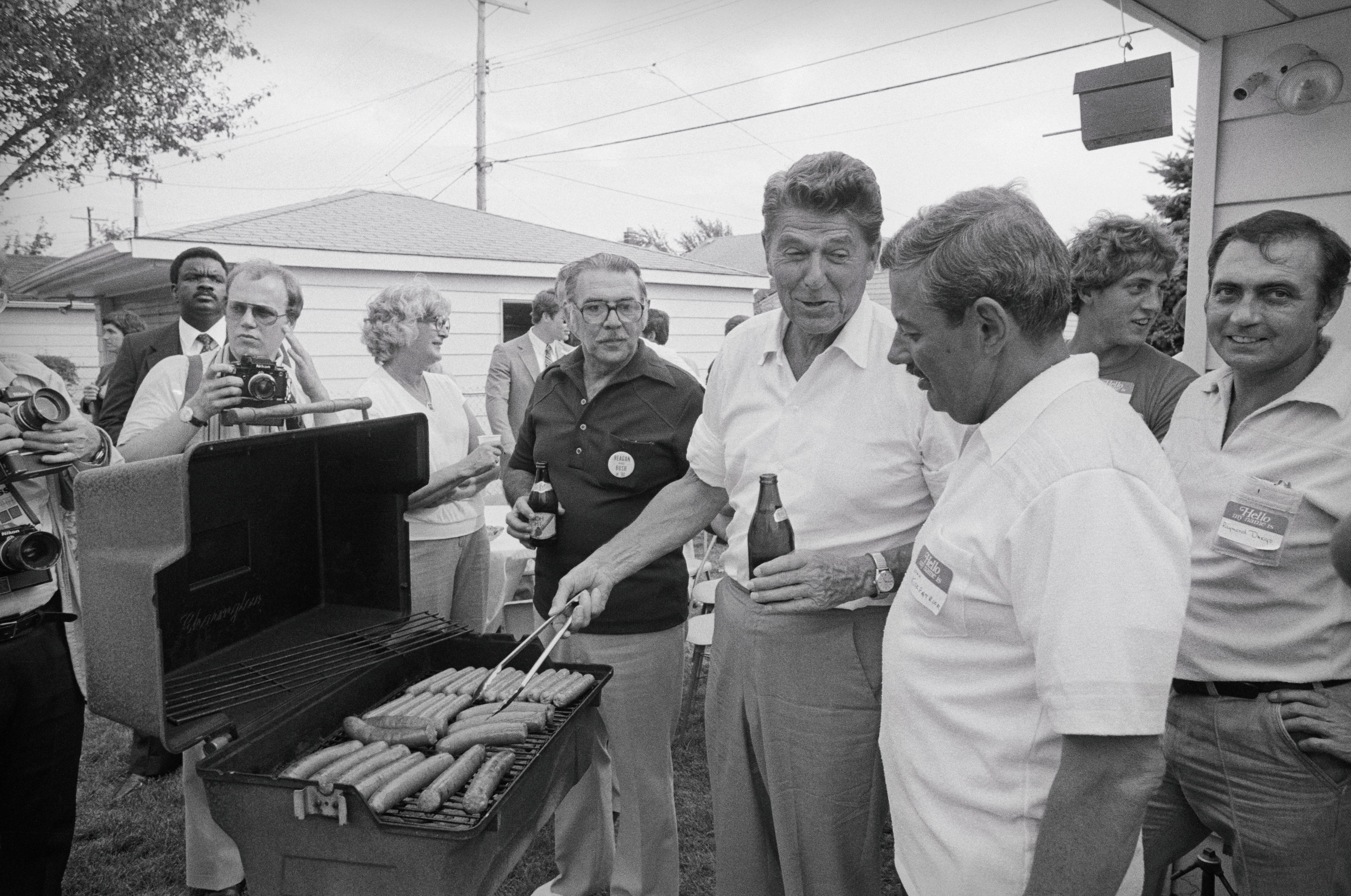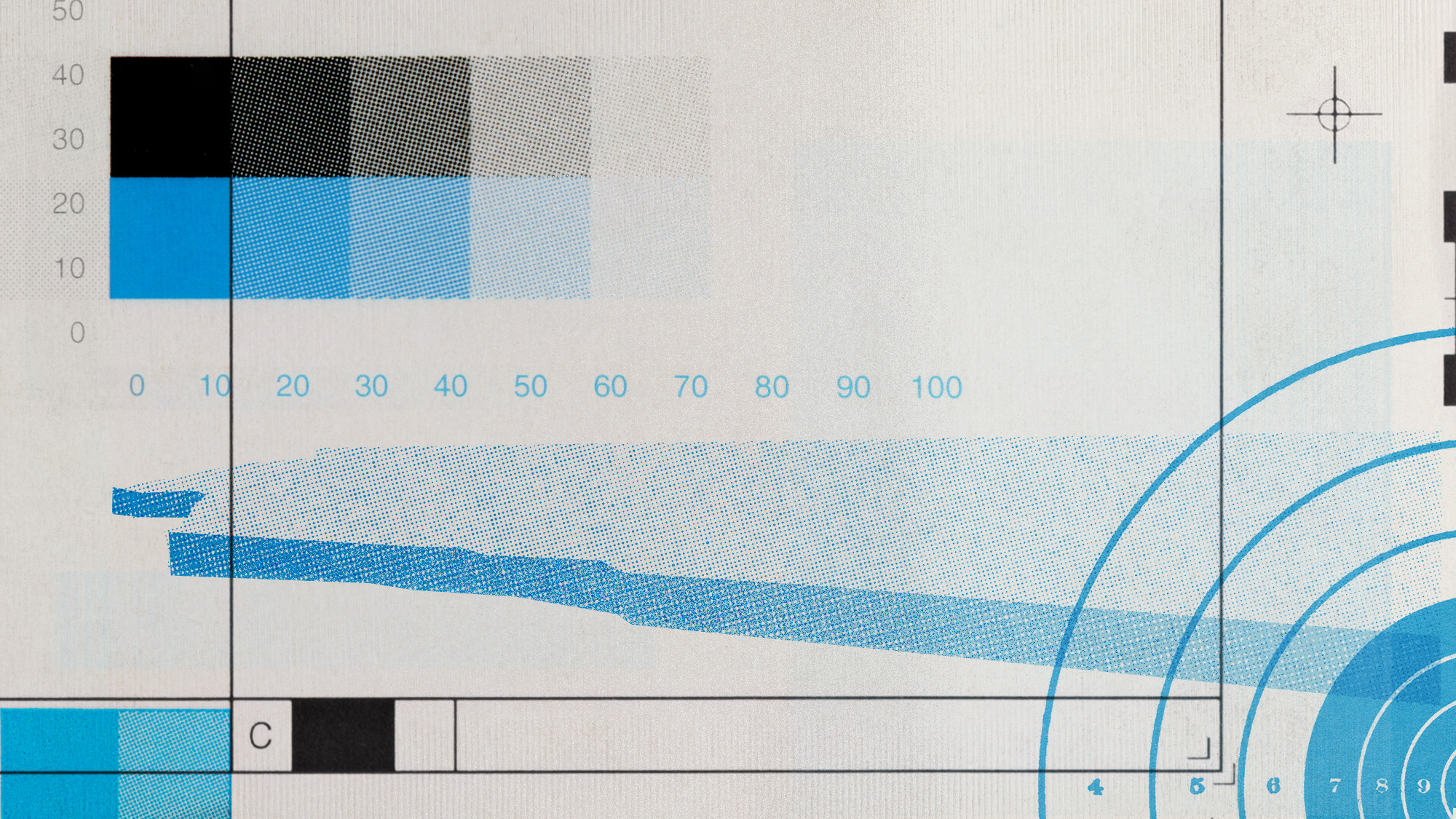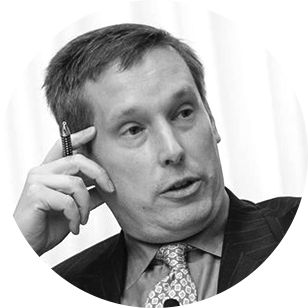11 fascinating facts about America's presidents and the White House
From napping to grocery bills


It must have creeped Abraham Lincoln out.
There he was, at Ford's Theatre enjoying a play, when the lead actor, in character, came very close to the president (Lincoln was sitting at stage level) and began wagging his finger angrily at him. After it happened a second time, and then a third, a woman who was with the president said, "Mr. Lincoln, he looks as if he meant that for you." "Well," Lincoln replied, "he does look pretty sharp at me, doesn't he?'"
It was November 9, 1863. The actor who came face to face with the president would rise to infamy 17 months later at that very same theater. His name was John Wilkes Booth — the president's assassin.
The Week
Escape your echo chamber. Get the facts behind the news, plus analysis from multiple perspectives.

Sign up for The Week's Free Newsletters
From our morning news briefing to a weekly Good News Newsletter, get the best of The Week delivered directly to your inbox.
From our morning news briefing to a weekly Good News Newsletter, get the best of The Week delivered directly to your inbox.
Here, nine other things you probably didn't know about America's presidents and their place of residence.
- Presidents pay for their own food. Nancy Reagan got that unpleasant surprise about a month after she and Ronald Reagan moved into the mansion, when she got a bill from the chief usher. "Nobody had told us that the president and his wife are charged for every meal, as well as for such incidentals as dry cleaning, toothpaste, and other toiletries," she complained. But the tab for official events like state dinners? That's on you and me.
- You may know that Thomas Jefferson, who wrote in the Declaration of Independence that "all men are created equal," owned 200 slaves. But you probably don't know that he sold one to his presidential successor, James Madison. The slave's name? John Freeman.
- President Andrew Jackson was nearly killed in the White House on Inauguration Day in 1829. Pressed against a wall by party goers, he nearly suffocated, and had to be evacuated through a window onto the South Lawn by staffers, who locked their arms together to form a cordon around the boss.
- The White House (and the entire U.S. government) was nearly relocated to Cincinnati after the White House was burned down by the British in 1814. In the 1860s, the White House was nearly moved again, this time to a bluff high atop Washington's Rock Creek Park. And during the Truman administration, there was talk of turning the White House into a museum and moving the first family elsewhere. Truman refused.
- "Last night would have been a good night to assassinate a president," John F. Kennedy remarked — three hours before he was assassinated in November 1963. JFK had a morbid fascination with dying. His favorite poem, which he had wife Jacqueline read to him on occasion, was Alan Seeger's "I have a rendezvous with death."
- A room on the second floor of the White House that has been used by first families as a private dining room since the Kennedy era is the same room where Lincoln's autopsy and embalming were performed. Another president — William Henry Harrison — died there in 1841.
- Probably because of severe depression, Calvin Coolidge, president from 1923 to 1929, routinely slept 11 hours a night — plus long naps during the day. When Coolidge passed away in 1933, Dorothy Parker, the writer and satirist, joked, "How can they tell?"
- The Secret Service was so protective of Franklin D. Roosevelt that it smashed camera equipment belonging to reporters and others who tried to take unauthorized photos of him. FDR — who personified confidence during the Great Depression — wasn't confident enough to allow himself to be photographed in his wheelchair. Among the thousands of photos taken during his 12-year presidency, the FDR Library in Hyde Park has just three of Roosevelt in his wheelchair.
- Who was the first true photo-op president? Not who you think. It was "Silent Cal" Coolidge — the same guy who slept half the day away — who never missed an opportunity to be photographed. Thanks to one of the first true mass mediums of the 20th century — newsreels — Coolidge showed up on every movie screen in America, seen more widely than big stars of the '20s like Rudolph Valentino, Buster Keaton and Greta Garbo. Critics at the time railed that Coolidge had debased the presidency.
- After Kennedy's assassination, what did the government do with the Lincoln Continental limo in which JFK rode to his death? Take it out of service or destroy it? No. It cleaned up the gore in the back seat, added armor and other safety measures (Kennedy's car was not bulletproof), and put it back on the road — to be used by Presidents Johnson, Nixon, Ford, and Carter. You can now see "X100," as it was known, at the Henry Ford Museum in Dearborn, Michigan.
Paul Brandus is the White House correspondent for West Wing Reports and author of the upcoming book Under This Roof.
A free daily email with the biggest news stories of the day – and the best features from TheWeek.com
An award-winning member of the White House press corps, Paul Brandus founded WestWingReports.com (@WestWingReport) and provides reports for media outlets around the United States and overseas. His career spans network television, Wall Street, and several years as a foreign correspondent based in Moscow, where he covered the collapse of the Soviet Union for NBC Radio and the award-winning business and economics program Marketplace. He has traveled to 53 countries on five continents and has reported from, among other places, Iraq, Chechnya, China, and Guantanamo Bay, Cuba.
-
 What the new Making Tax Digital rules mean
What the new Making Tax Digital rules meanThe Explainer A new system will be introduced from April to overhaul how untaxed income is reported to HMRC
-
 The former largest iceberg is turning blue. It’s a bad sign.
The former largest iceberg is turning blue. It’s a bad sign.Under the radar It is quickly melting away
-
 Why Saudi Arabia is muscling in on the world of anime
Why Saudi Arabia is muscling in on the world of animeUnder the Radar The anime industry is the latest focus of the kingdom’s ‘soft power’ portfolio
-
 The billionaires’ wealth tax: a catastrophe for California?
The billionaires’ wealth tax: a catastrophe for California?Talking Point Peter Thiel and Larry Page preparing to change state residency
-
 Bari Weiss’ ‘60 Minutes’ scandal is about more than one report
Bari Weiss’ ‘60 Minutes’ scandal is about more than one reportIN THE SPOTLIGHT By blocking an approved segment on a controversial prison holding US deportees in El Salvador, the editor-in-chief of CBS News has become the main story
-
 Has Zohran Mamdani shown the Democrats how to win again?
Has Zohran Mamdani shown the Democrats how to win again?Today’s Big Question New York City mayoral election touted as victory for left-wing populists but moderate centrist wins elsewhere present more complex path for Democratic Party
-
 Millions turn out for anti-Trump ‘No Kings’ rallies
Millions turn out for anti-Trump ‘No Kings’ ralliesSpeed Read An estimated 7 million people participated, 2 million more than at the first ‘No Kings’ protest in June
-
 Ghislaine Maxwell: angling for a Trump pardon
Ghislaine Maxwell: angling for a Trump pardonTalking Point Convicted sex trafficker's testimony could shed new light on president's links to Jeffrey Epstein
-
 The last words and final moments of 40 presidents
The last words and final moments of 40 presidentsThe Explainer Some are eloquent quotes worthy of the holders of the highest office in the nation, and others... aren't
-
 The JFK files: the truth at last?
The JFK files: the truth at last?In The Spotlight More than 64,000 previously classified documents relating the 1963 assassination of John F. Kennedy have been released by the Trump administration
-
 'Seriously, not literally': how should the world take Donald Trump?
'Seriously, not literally': how should the world take Donald Trump?Today's big question White House rhetoric and reality look likely to become increasingly blurred
